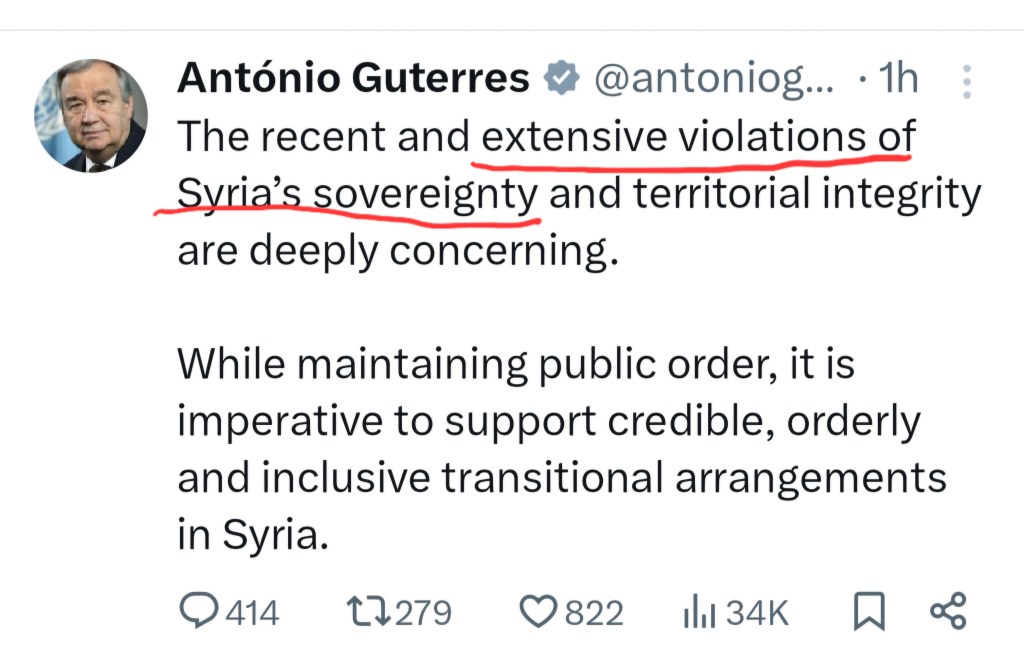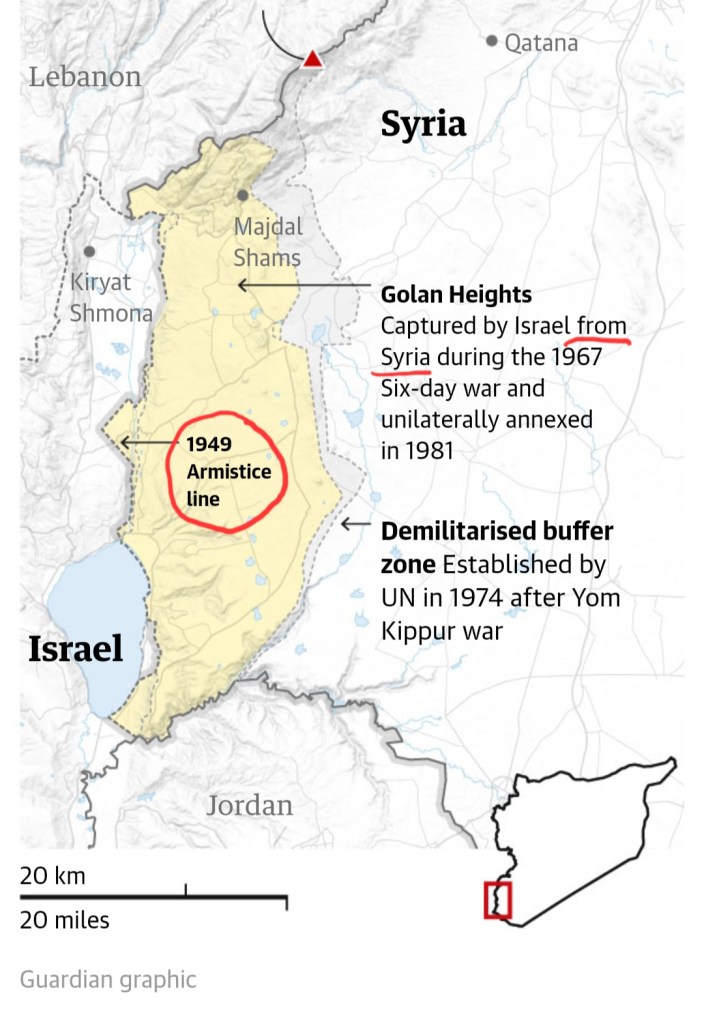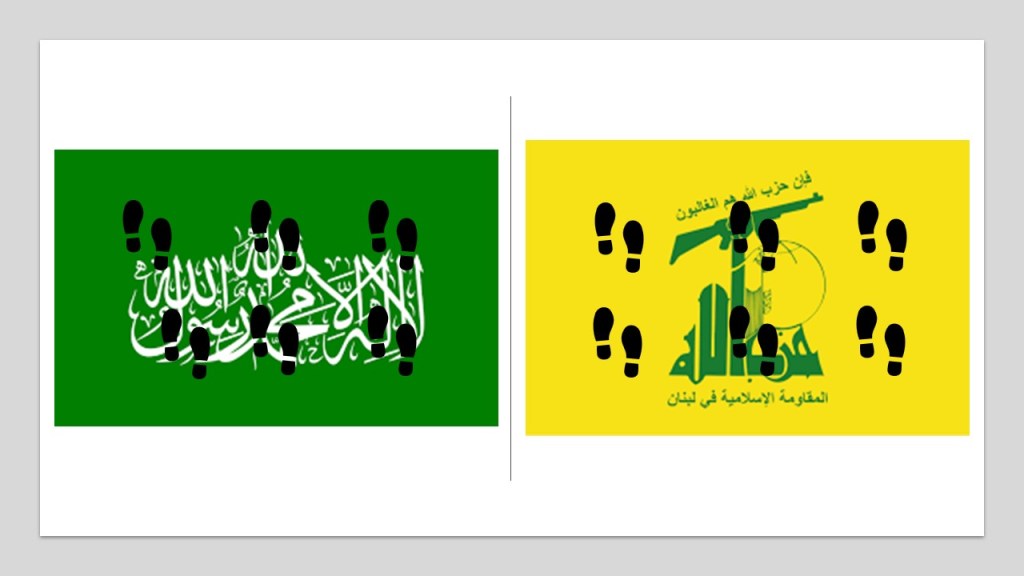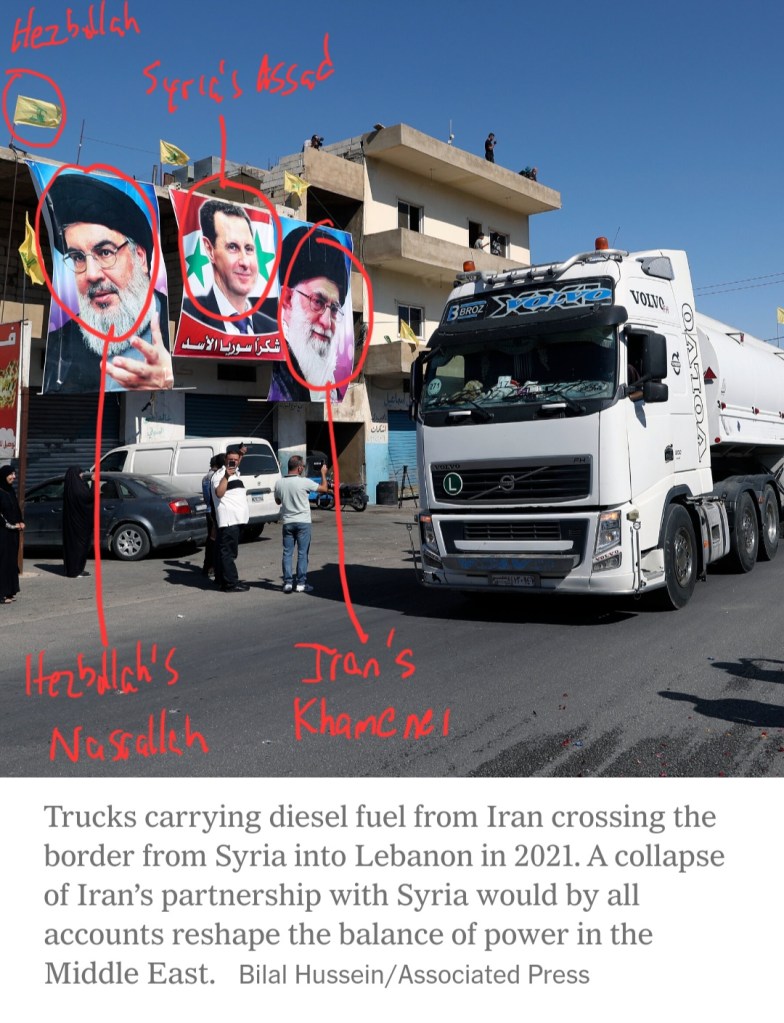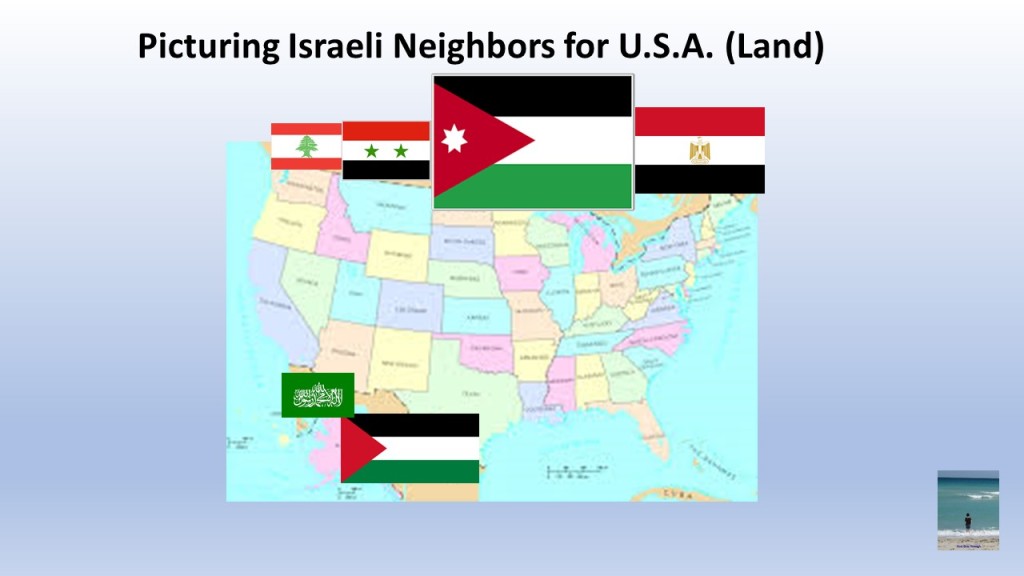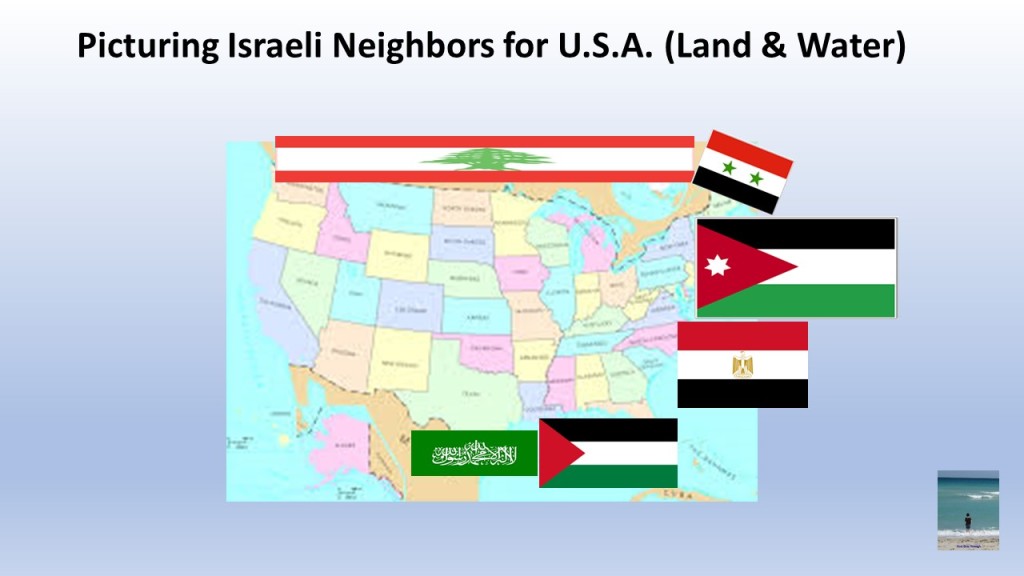On December 14, 2015, US President Obama told Americans that “the United States and our Armed Forces continue to lead the global coalition in our mission to destroy the terrorist group ISIL (the Islamic State).” He laid out the ongoing efforts to “destroy” the group in its various facets, including “their fighting positions, bunkers and staging areas; their heavy weapons, bomb-making factories, compounds and training camps.“
He used the word “destroy” five times in the speech.
That address stood in sharp contrast to his detailed comments on fighting “violent extremism.”
On February 18, 2015, Obama penned a piece in the Los Angeles Times called “Our Fight Against Violent Extremism.” He mentioned terrorism and terrorist threats from a range of countries, including: Yemen; Libya; Syria; Iraq; US; Canada; Australia; France; Denmark; Pakistan; Somalia and Nigeria. His plan to deal with the global threat involved several initiatives: “We know that military force alone cannot solve this problem. Nor can we simply take out terrorists who kill innocent civilians. We also have to confront the violent extremists — the propagandists, recruiters and enablers — who may not directly engage in terrorist acts themselves, but who radicalize, recruit and incite others to do so…. Our focus will be on empowering local communities.”
Obama’s plan to fight global violent extremism was broad. Below is a review of Obama’s approach for confronting evil and evil-doers.
Evil to Destroy
President Obama referred to an “evil ideology” when he commented on the murder of American photojournalist Luke Somers. For Obama, the evil of AQAP (Al Qaeda in the Arabian Peninsula) was a “disregard for life” that threated to “harm our [American] citizens.”
Regarding ISIL/ the Islamic State, the evil was described in a similar manner. In November 2015, after attacks in France and Turkey, Obama said “ISIL is the face of evil. Our goal, as I’ve said many times, is to degrade and ultimately destroy this barbaric terrorist organization.” He echoed comments he made with French President Hollande just a few days before when he said “this barbaric terrorist group — ISIL, or Daesh — and its murderous ideology pose a serious threat to all of us. It cannot be tolerated. It must be destroyed.”
Evil had certain traits: barbarity and murder. According to Obama, the root of the evil ideology was to “promote a twisted interpretation of religion that is rejected by the overwhelming majority of the world’s Muslims.”
Particular evil that needed to be destroyed, was evil that threated America, and in some cases, its allies. Other evil could be addressed using other methods.
Consider Obama’s comments over his presidency about his desire to destroy evil. It is limited to two terrorist groups who attacked Americans: al Qaeda and ISIL/ Islamic State.
- December 1, 2009: “America, our allies and the world were acting as one to destroy al Qaeda’s terrorist network and to protect our common security.“
- March 28, 2010: “Our broad mission is clear: We are going to disrupt and dismantle, defeat and destroy al Qaeda and its extremist allies. That is our mission [in Afghanistan].”
- October 29, 2010: “we will continue to strengthen our cooperation with the Yemeni government to disrupt plotting by al Qaeda in the Arabian Peninsula and to destroy this al Qaeda affiliate.“
- September 10, 2014: “Our objective is clear: We will degrade, and ultimately destroy, ISIL through a comprehensive and sustained counter-terrorism strategy.”
- February 11, 2015: “America’s armed forces are working with some 60 nations to degrade and destroy ISIL, a terrorist group that has committed countless barbaric atrocities and poses a grave threat to the people and territorial integrity of Iraq and Syria, regional stability, and the national security interests of the United States and its allies and partners.”
- July 6, 2015: “ISIL is a terrorist organization, pure and simple… Our main objective is to degrade and destroy this group through a comprehensive and sustained counterterrorism strategy.“

Obama discussing anti-Islamic State plan, surrounded by military leaders including
Defense Secretary Ash Carter and Army Gen. Martin E. Dempsey, chairman of the joint Chiefs of Staff on July 6, 2015 (photo: DoD/ Glenn Fawcett)
ISIL/ Islamic State and al Qaeda remain the only groups targeted for destruction by Obama.
Condemned Evil
There are other groups – and countries – that are barbaric murderous entities which are not in Obama’s crosshairs. They receive Obama’s condemnation and disapproval, but not concerted military attention.
Boko Haram is a barbaric, murderous terrorist group operating in Nigeria. Like the Islamic State, it seeks to install an Islamic country in the place of the Nigerian secular government through a murderous campaign.
Obama has condemned the group’s actions, but remained measured in his call for action:
- May 7, 2014 (an offer to help find abducted teenaged girls): “Boko Haram, this terrorist organization that’s been operating in Nigeria, has been killing people and innocent civilians for a very long time. We’ve always identified them as one of the worst local or regional terrorist organizations there is out there…So what we’ve done is we have offered — and it’s been accepted — help from our military and law enforcement officials. We’re going to do everything we can to provide assistance to them. In the short term, our goal obviously is to help the international community and the Nigerian government as a team to do everything we can to recover these young ladies. But we’re also going to have to deal with the broader problem of organizations like this that can cause such havoc in people’s day-to-day lives.” Obama did not offer to help destroy Boko Haram.
- March 23, 2015: “Boko Haram, a brutal terrorist group that kills innocent men, women and children must be stopped…. by casting your ballot you can help secure your nation’s progress.” Obama gave no support to destroy the group; he just suggested that Nigerians vote peacefully in elections and the Boko Haram threat would disappear.
- July 10, 2015: “[The president of Nigeria is] very concerned about the spread of Boko Haram and the violence that’s taken place there, and the atrocities that they’ve carried out, and has a very clear agenda in defeating Boko Haram and extremists of all sorts inside of his country.” Obama noted the President of Nigeria’s concern, but did not mention his own.
While the evil of Boko Haram and other groups operating in Africa was the same, the Obama Administration would not target the groups for destruction as Americans were not targeted. Obama would only condemn the evil and offer American support:
- In Chad: “support the governments and people of the Lake Chad Basin region in their ongoing struggle to defeat Boko Haram”
- In Lebanon: ““fully support the Lebanese authorities as they conduct their investigation… reaffirms its commitment to Lebanon’s security, and will continue to stand shoulder to shoulder with the people of Lebanon in confronting terrorism”
The same evil ideology is held by other groups such as al-Shabaab in Somalia which has killed hundreds. In Ethiopia, after a brutal attack in the country’s capital, Obama said “We don’t need to send our own marines in to do the fighting: The Ethiopians are tough fighters and the Kenyans and Ugandans have been serious about what they’re doing.” The comment suggested that Obama’s modus operandi is that America will only engage militarily to destroy evil, if the local government is ill-equipped to do so.
Tolerated Evil
The evil ideology of barbarism and murder is not confined to a few terrorist groups that “promote a twisted interpretation of religion.” Several countries also engage in barbarity of its own citizens. Consider Saudi Arabia, Iran and Syria. These countries commit barbarity including:
- killing gays by hanging them from cranes in the streets and throwing them off buildings;
- stoning people to death for adultery;
- beheading people in the middle of the streets;
- executing minors;
- capital punishment for activities that do not hurt anyone such as apostasy (converting from Islam)
The Syrian government used chemical weapons against its own people, crossing an Obama “red line.” However, in the end, it did not matter. Obama would not attack the Syrian government, and opted to negotiate with them to remove chemical weapons.
Regarding Iran, Obama stated that while they may be anti-Semitic, the country’s leaders were not so consumed by evil that they would do something that would harm their own interests. Obama would not attack the country, but chose to negotiate to slow the pace of its nuclear program, even as the Iranian leaders chanted “Death to America.”
And the Kingdom of Saudi Arabia, which publicly beheads “witches” and apostates, remains an American ally. It receives billions of dollars of military hardware from the US.

Obama and the Saudi King
In short, evil perpetuated by countries is tolerated by the Obama administration. The one country where Obama decided to launch an attack to remove its leader was Libya, a much less evil regime than in Syria, Iran or Saudi Arabia. It just happened to be easier to remove Muammar Gaddafi, than the leaders of other countries.
Ignored Evil
The last category of Obama’s treatment of evil is “Ignored Evil”. It is basically the same as “Tolerated Evil” except it is used for a group rather than for a country.
Palestinian Arabs have many groups that are labelled terrorist organizations by the US State Department including: Abu Nidal; Hamas; Palestine Liberation Front; Palestinian Islamic Jihad; Popular front for the Liberation of Palestine; PFLP- General Command; and al-Aqsa Martyrs Brigade, among others. These groups have stated their intention to destroy Israel, a US ally; to target Jews for murder; and install an Islamic state in Israel. The groups also torture fellow Arabs if there is suspicion of collaboration with Israel, and drag their bodies through the streets.
Obama has not called for these groups to be destroyed. He does not tolerate their evil, as he doesn’t negotiate with them. He simply ignores their barbarity, as he pushes Israel to tolerate and negotiate with them.
While Obama may state that he has “no sympathy for Hamas,“ he pushed Israel to release terrorists in exchange for… nothing. When Hamas and Fatah announced a unity government in June 2014, the Obama administration said “we intend to work with this government.”
There are Palestinian groups that are not labelled by the US as terrorists, that also incite violence against Israelis. Acting-President of the Palestinian Authority Mahmoud Abbas called for jihad several times against Israel without rebuke from the Obama administration.
Conclusion
Obama has refused to label the evil that touches much of the world as “violent Islamic terrorism”. By doing so, he compartmentalized the evil ideology: between those that threaten America and those that don’t; between established governments and terrorist groups seeking to replace countries.
As described above, each category received a particular treatment by the USA. Only in Israel, did Obama opt to break his formula by ignoring the radical Palestinian jihadists, as acknowledging their evil, would likely undermine any chance for a two-state solution with Israel.
While some liberals think the nature of the evil ideology is different in particular places, most people understand the contours of jihadist terrorism and remain angered by Obama’s refusal to call out the religious barbarity in various corners of the world by its proper name. Israel supporters are particularly enraged by Obama’s unique treatment of Palestinian Arab jihadist violence.
Liberals remain convinced that not all evil is the same, and that the barbarity has nothing to do with Islam. Conservatives believe that all violent jihadist violence is very much the same, and should be dealt with in a singular fashion.
However, for Obama, remaining obtuse about the nature of the evil ideology enables flexibility in engaging particular evil-doers, while avoiding a broader conflict with the Muslim world.
Related First.One.Through articles:
Pick Your Jihad; Choose Your Infidel
The Banners of Jihad
I’m Offended, You’re Dead
Murderous Governments of the Middle East
My Terrorism
Subscribe YouTube channel: FirstOneThrough
Join Facebook group: FirstOne Through Israel Analysis






